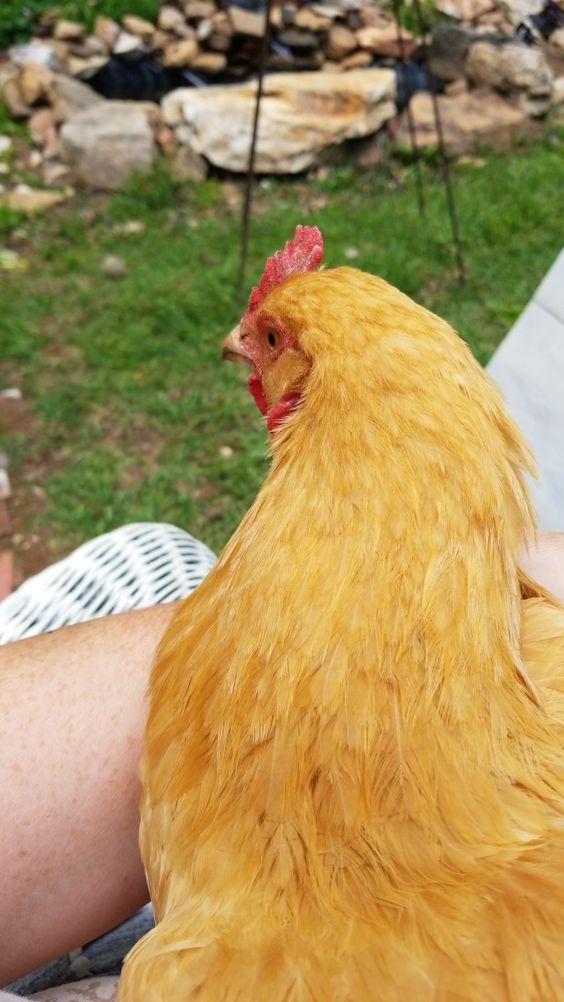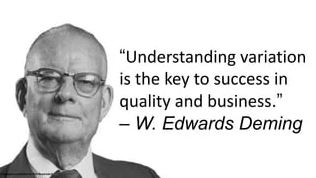We’re going to write today about tracking your backyard egg production. The reason you might want to do this is that nobody’s memory is that good, and it helps you understand what’s going on with your flock. Tracking your backyard egg production also gives you a way to investigate whether or not something is happening with your flock, be it good news or bad news.

There is a complicated back story behind this, right now, and because we are interested in Human Scale Living, we’re open to ideas on how to improve our chicken farming methods.
Also, if you click down below, we’re providing you with a free “Google Sheets” spreadsheet on this topic. This is the same as Microsoft Excel, and will actually give you a little graph of your egg production.
Back Story
We happen to like the lunatic fringe, particularly Doug and Stacy. These characters are operating an “off grid” farm in Missouri Amish Country. They are the public facing component of an underlying culture of people that want to get back to the land. A lot of these are homesteaders, namely people who have sort of been turned off of the rat race. Others have their own reasons. We like them because they are genuine.
Here’s their link. They have over 1 million subscribers on YouTube.

Well, as it turns out, there is a big rumor going on around among these people. This is about a conspiracy to kill off all of the backyard chickens,. The center of this is some sort of effort to taint a certain brand of chicken feed.
We’ll let you research this more fully. We’re not going to spread rumors without data. Herein is the exact reason we want to gather data.
History of Data in Agriculture
Do I need to tell you that this has gone on as long as agriculture? The Egyptians and Sumerians both had complex systems for tracking agricultural production. This was developed at the dawn of civilization, and in fact was one of the key drivers of civilization. The development of a method to track agricultural production, namely writing, was a key moment in history.
Now, fast forward to today, and the professionals in agriculture are still doing this. In fact, the people that do this for a living raise their chickens under highly controlled conditions and track production very carefully to reduce variation.
That is not all good, but it has gotten us to the point as a society where food is so cheap and plentiful that 2/3 of the dogs in the country are overweight.
Usefulness of tracking your egg production
So that brings us to you, the backyard farmer. Are you keeping track of your daily egg production? Probably not. Full disclosure: We’re lucky to know how many chickens we have at a given time, much less the number of eggs.
If our food supply or income stream was dependent on this, we would be interested in it for several reasons. Firstly, it would allow us to go back and trace the effects of certain events on production. Secondly, it would possibly alert us to some underlying condition in advance so maybe we could prevent it.
Why Chickens Stop Laying
We should probably talk about this for a minute. We’re relying on the Old Farmer’s Almanac for a list. Chickens, as a group, are very emotionally sensitive. This is because this is an evolutionary adaptation that reduces the need for them each to have a brain.
They feed off one another’s emotional state. If one of them gets worried, it worries the rest of them. Such a thing as a new dog in the house, or converter or predator appearing in the backyard can affect them.
So any of a dozen things could affect them.
One of the major ones is sunlight. Chickens need at least 12 hours of daylight to lay predictably. So in the winter, anywhere except at the equator, they’re going to be short. Does that mean they’ll stop laying altogether? No, but it means they’ll cut back.
Another one is temperature. If the ladies get too cold, they’ll also cut back on the laying.
So if you’re in some place like Oklahoma, where the temperature has ranged between 0 and 80 degrees over the last two months, and it is cold and dark in the winter, and the wind and thunderstorms are ridiculous, and your chickens stop laying, it’s obviously because of some tainted feed, right? Right?
Tribal Knowledge
This is also a thing. It is even more of a thing now that there is a way for the tribe to communicate with each other.
What happens is, someone draws a conclusion, based on something other than data. Whoever that is then shares it and it becomes “common knowledge.” We and the chickens have that in common. It’s an adaptation that developed so that important information can be spread. The problem is that it is quite often BS.
So that’s why we gather data. We use it to confirm or debunk “tribal knowlege”, get it?
Furthermore since there is widespread use of this communication medium to spread disinformation, it is possible to plant silly rumors with no foundation in reality. Who would do this? Well there are stadiums full of AI robots doing this right now because they know it disrupts social cohesion. Certain people have an interest in doing that. Also, it is clickbait and gets page views, which equals money.
The Godfather of Data
We can’t talk about gathering data without talking about this guy.

He is Deming, and is probably one of the most influential people on your daily life that no one ever heard of. Among other things, he taught Toyota how to make vehicles by gathering production data, and taking measurements. That way when you make a management decision, you can do so on the basis of something other than tribal knowledge.
He is revered in Japan and other places for this.
The connection to chicken farming is that he was born, and grew up, in one of those rectangular states on a chicken farm.

Here he is. Mr. Sunshine, right? That’s what passes for a smile in some parts of the country.
Tracking your Backyard Egg Production
So, that’s why you want to do some data tracking. It’s so you can understand your variation, and possibly do something about it.
If you were a student of Deming, rather than Doug and Stacy, here is what you would do. Go out every morning make a few observations about what is going on in your flock, and record it.
This information would also include how many chickens you actually have.
It would also include information about when you open a new bag of feed, and even the lot number of the feed. When you introduced a new bird to the flock. When there is a thunderstorm. Record anything that happens that you think may be relevant, and maybe stuff over and above that.
Feed has lot numbers, by the way. On the bags feed we’re talking about, it’s in the lower right, on the back. You can trace it back to the production location and the date.
Then, if there is some variation in your production, such as it going to zero, you could look back and come up with a guess as to what caused it. That’s what is called a “theory.” If you are able to, you can then change conditions and see if anything changes.
Most people don’t do that.
Yes, we know. We don’t do it either. But we’re not spreading rumors either. In order for you to make some statement of fact, you need to have some data to back it up. So, when someone says “oh my uncle’s cousin over in Spittle County started using this new chicken feed and his chickens stopped laying” the obvious response is “So there is data to back this up, right?” “And nothing else went on at the same time, such as winter and a thunderstorm that might be the real cause.”
You might get something like “Yeah I got hit on the head with a hailstone when I was emptying that bag of feed out, but I am sure the feed caused the problem and not the fact that there were tornadoes in the area.”
It lets you sort this stuff out.
Here’s a guy up in some other cold, dark state that has another opinion:
So Now What?
Okay, here is our gift to you. In the spirit of keeping an open mind, we’ve developed this Chicken Coop Production Tracker. It’s a Google Sheet spreadsheet that is compatible with MS-Excel.
If you don’t know what those things are, now is a good time to learn. Hint: It runs using Google, and you might be able to run it on your phone.
We’re working on an Android app.
Here’s how it works: Go out every day and make observations. You put in your number of hens (since roosters are basically cheerleaders in this endeavor). You enter them into the spreadsheet. This thing will give you a little graph of egg production.
Do this for awhile to gather “baseline data.” There is a space for observations, and a dropdown box for weather conditions.
That way, when your production has a “significant change”, you can look back in the data and see what happened.
You can use the tool the other way too. When your flock does something extraordinary, you can go back and see what that was, and make a management decision about whether or not to keep doing it. That way, over time, you can be a better farmer. That’s why this stuff was developed in the first place.
Here it is. Click to download for free. It’s here as an Excel spreadsheet but it was written in Sheets. Look in your “Downloads” file. If you want to send us a dollar, we have a payment page in the main menu.
So what to make of all of this?
Well, as Deming would also say, in God we trust, all others bring data. So if you’re sitting around the feed store, which you went to when you decided your feed was tainted, and you hear some story, say that.
Ask whoever is saying it whether they have personal experience, and if so, whether they have production data to back it up. You might even say something like “I’m from Missouri” which is the “Show-Me State” wherein the inhabitants were once known for their skepticism.
And, if the answer is “uhhhh” then share the link to this post, because we also like clicks. We’re interested in an open dialogue on this, because of course we’re living in a chaotic world where the unthinkable happens all the time. In fact, if you want to have the debate on this, we have a perfect spot for it. Once the 75 Hard is over, we can have adult beverages and get to the bottom of this out on the veranda, where most of the world’s problems have already been solved, and myths debunked.
Other Offer
Since we are trying to be data driven, we have another offer for you. If you sincerely believe that you and all of your neighbors are using tainted feed, we will coordinate the investigation. We don’t have enough information to form a conclusion, but you can help.
Leave the lot number of the bag of feed you think is suspect in the comments below. It is possible that there really is some tainted feed, and if that is the case, we should be able to tell when and where it was produced. That would let us know whether you, in Oklahoma, are using the same lot of feed as Napoleon Dynamite up in Idaho, and prove that there may be some validity to the rumor.
We will also track down your location, and see if it has been cold and dark for the last few months, just for information purposes.
Napoleon, by the way, would tell you not to believe everything you “learned” on the internet, especially whether or not a time machine really works.
Links and References
https://en.wikipedia.org/wiki/W._Edwards_Deming
![]()
